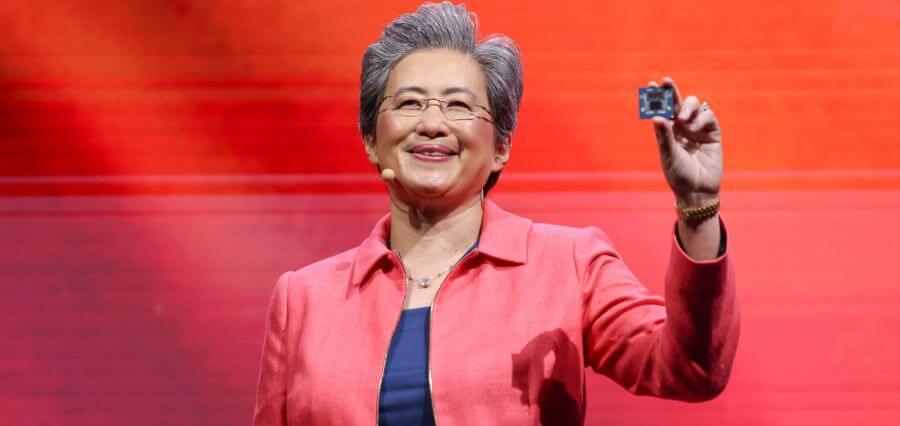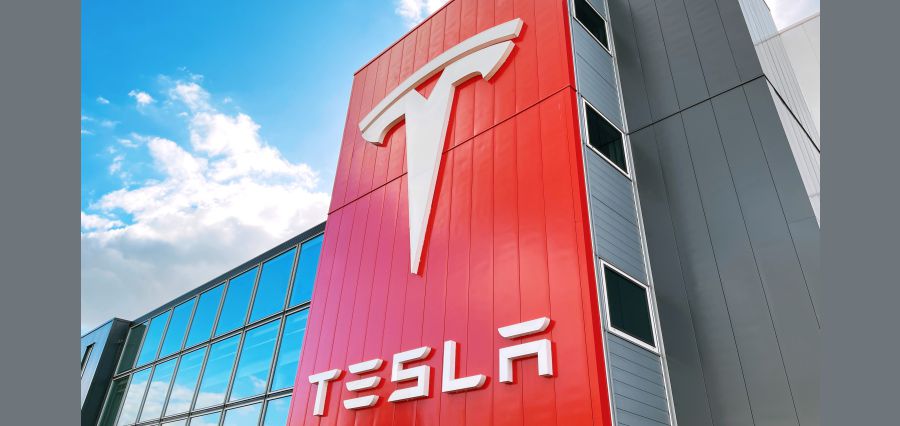In the digital age, connectivity is more than just a convenience; it’s a lifeline. With the advent of 5G technology, the environment of communication and technology is undergoing a seismic shift. This next-generation connectivity promises to redefine how we interact with technology, each other, and the world around us. Here’s an in-depth look at how the 5G revolution is changing the game across various sectors.
The Fundamentals of 5G
5G, or fifth-generation wireless technology, represents a significant leap from its predecessors. While 4G brought us faster internet speeds and enabled the rise of mobile apps, 5G aims to push boundaries even further. It is designed to provide ultra-fast data transfer speeds, lower latency, and greater capacity for connected devices.
- Ultra-Fast Speeds: One of the most talked-about features of 5G is its incredible speed. Theoretical speeds can reach up to 10 gigabits per second (Gbps), which is up to 100 times faster than 4G. This speed enhancement is not just about faster downloads and uploads; it’s about enabling new applications and services that were previously impractical.
- Low Latency: Latency refers to the delay between sending and receiving data. 5G aims to achieve latency as low as one millisecond (ms), compared to 4 G’s 30-50 ms. This near-instantaneous communication is crucial for applications requiring real-time responsiveness.
- Enhanced Capacity: 5G networks are designed to handle a massive number of simultaneous connections. This is crucial as the number of connected devices continues to rise with the proliferation of IoT (Internet of Things) devices.
Transforming Industries
The impact of 5G is not limited to faster internet on our smartphones. It has far-reaching implications across various industries.
- Healthcare: 5G technology is set to revolutionize healthcare. With its low latency and high bandwidth, telemedicine can become more effective, allowing for real-time consultations and remote surgeries. Advanced imaging and diagnostic tools will benefit from faster data transfer, improving accuracy and efficiency. Wearable health devices can provide real-time monitoring and alerts, potentially saving lives and improving patient outcomes.
- Autonomous Vehicles: The automotive industry is poised for a major transformation with 5G. Autonomous vehicles rely on rapid data exchange for navigation, communication with other vehicles, and interaction with infrastructure. 5 G’s low latency ensures that these vehicles can make split-second decisions, enhancing safety and efficiency on the roads.
- Smart Cities: 5G is a cornerstone of smart city development. Enhanced connectivity enables more effective management of urban resources, from traffic control to energy management. Smart sensors can monitor everything from air quality to waste levels, making cities more sustainable and livable.
- Entertainment and Media: The entertainment industry stands to benefit enormously from 5G. Streaming services can offer higher-quality video with less buffering. Augmented Reality (AR) and Virtual Reality (VR) experiences will become more immersive and accessible, transforming how we consume media and interact with digital content.
- Industrial Automation: In manufacturing and other industrial sectors, 5G enables advanced automation and real-time monitoring. High-speed data transfer facilitates the use of robotics, AI, and machine learning for optimizing production processes, predictive maintenance, and quality control.
Overcoming Challenges
Despite its transformative potential, the rollout of 5G is not without challenges.
- Infrastructure Development Implementing 5G requires a significant investment in infrastructure. This includes the installation of a dense network of small cells, new base stations, and fiber-optic cables. Ensuring widespread coverage, especially in rural or underserved areas, is a considerable challenge.
- Security Concerns: With increased connectivity comes increased risk. 5G networks are more complex than their predecessors, and securing them against cyber threats is critical. Robust encryption and security protocols are essential to protect data and maintain user privacy.
- Spectrum Allocation: 5G operates across a range of frequency bands, including low, mid, and high (millimeter wave). Managing and allocating these frequencies efficiently is crucial for optimal network performance and avoiding interference.
- Cost Implications: The transition to 5G involves substantial costs for network operators, manufacturers, and consumers. While the long-term benefits are significant, the initial investment can be a barrier to widespread adoption, especially in developing regions.
The Future of 5G
Looking ahead, the evolution of 5G will continue to open new doors for innovation. As the technology matures, we can expect:
- Enhanced 5G Applications: The development of 5G-specific applications will continue to grow. From advanced AI-driven solutions to next-generation entertainment experiences, the possibilities are vast.
- Integration with Other Technologies: 5G will work in tandem with emerging technologies such as AI, blockchain, and edge computing. This integration will drive further advancements in automation, security, and data management.
Conclusion
The 5G revolution is more than just an upgrade in wireless technology; it’s a catalyst for change across numerous sectors. With its potential to drive innovation, enhance connectivity, and transform industries, 5G is poised to reshape our digital arena. As we navigate the challenges and opportunities it presents, one thing is clear: the future is not just faster—it’s smarter and more connected than ever before.
Read More : Click here















